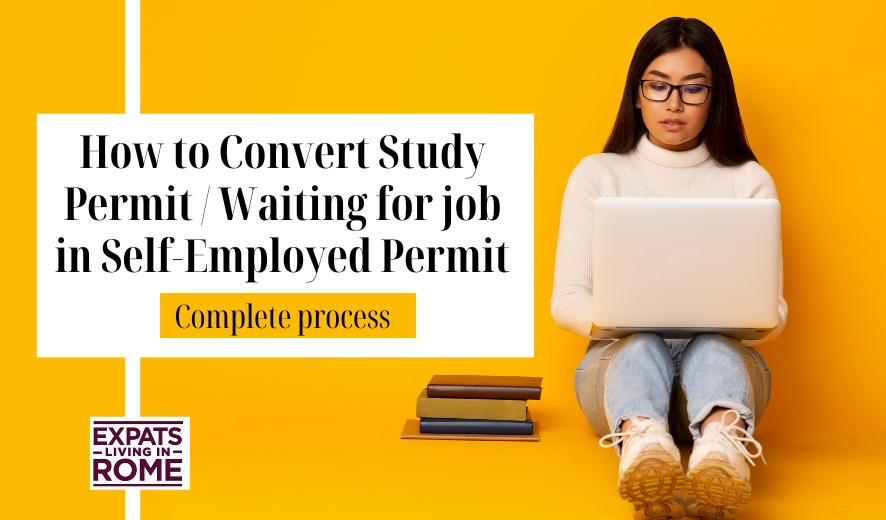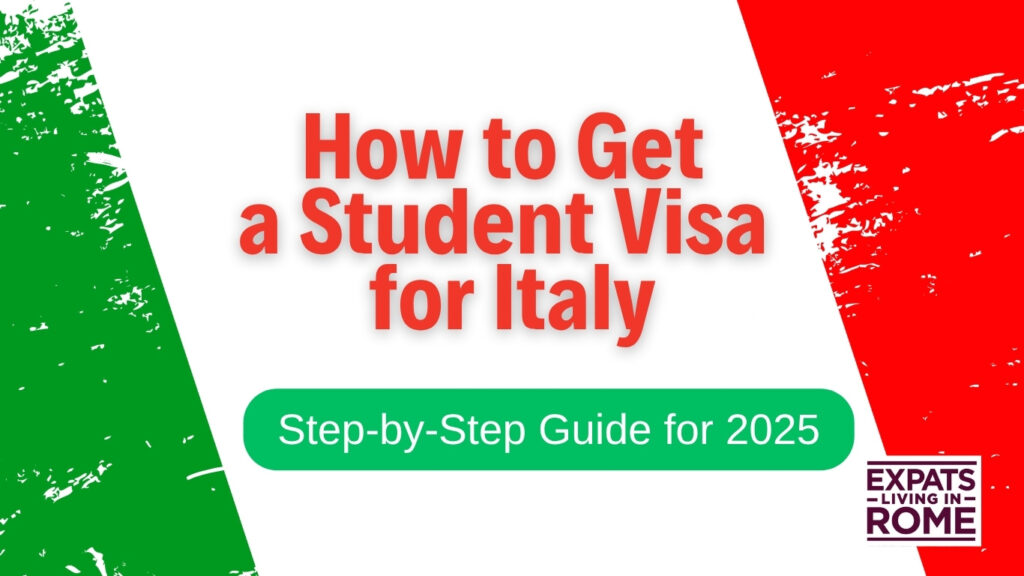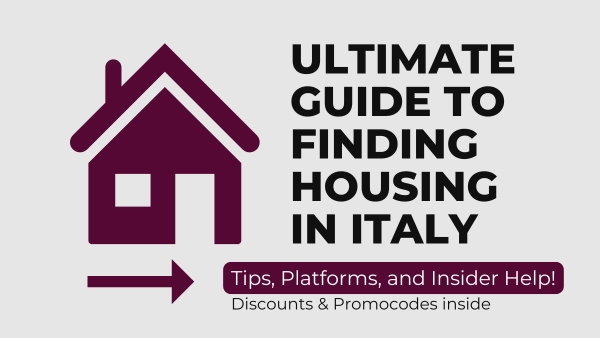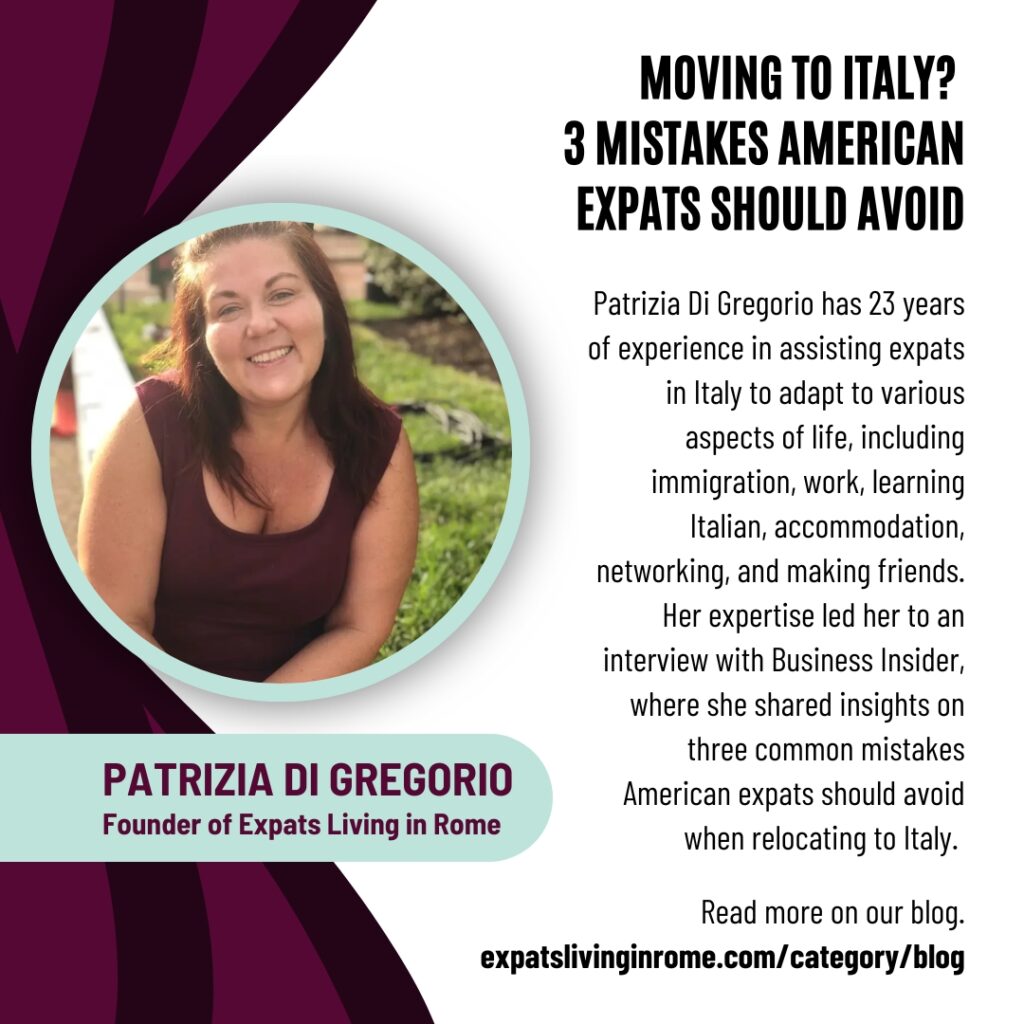How to Save Money in Rome
Rome is one of the most popular cities in the world, welcoming between 7 and 10 million visitors every year. As a result, holidaying in Rome can be expensive unless you have some money-saving tricks up your sleeve. I lived there for almost two years, am a naturally cheap thrifty person and would like to share some tips on saving money in Italy’s capital city.
Disclaimer: This post may contain affiliate links, at no extra cost to you. It means that I may receive a small percentage in commission if a purchase is made.
Sightseeing
There are plenty of fantastic free sites to enjoy in Rome! Iconic landmarks like the Pantheon, Teatro Marcello and St Peter’s Basilica don’t charge an entrance fee. People-watch in Piazza Navona and gaze at the Trevi fountain for as long as you like without paying a thing. Relax in Rome’s beautiful parks, such as Villa Borghese, Parco degli Acquedotti and Villa Pamphili. Rent a bike or walk along the 2000-year old Via Appia Antica (which is dotted with catacombs, churches and ancient ruins). Visit Circo Massimo, a large outdoor space which hosted chariot races, events and games. Peek through Rome’s secret keyhole for a special view of the Vatican. The keyhole creates an optical illusion, making the Vatican’s dome appear much closer than it is.
Rome has over 900 churches spread across the city and the vast majority are free to enter. I love to sit down and soak up the ambiance, enjoying the stunning interiors, stained glass windows and countless statues and sculptures. They also offer a cool respite from the hot summer temperatures. I particularly recommend Basilica of Santa Maria del Popolo, Santa Maria Maggiore, Santa Maria Sopra Minerva, St. Clement’s Basilica, San Pietro in Vincoli and Santa Maria Trastevere.
Instead of paying for organized tours, why not download an audio guide that you can listen to at your own pace, while you explore the Eternal City? Rick Steves is so passionate about travelling and exploring new places, and you can download his free audio guides here. He has ten audio guides for Rome, including the Vatican museums, Colosseum, Roman Forum, Jewish Ghetto and Trastevere neighbourhood.
I recommend buying a combined ticket for the Colosseum, Roman Forum and Palatine Hill; an adult’s ticket costs €12 (€7.50 for concessions) and grants entry over two consecutive days. Some people are eligible for free entry to the Colosseum & Roman Forum. Visit this website for more information and remember to bring whatever identification or paperwork you need to get your discount.
On the last Sunday of the month, many of Rome’s top sights are free entry including the Vatican, the Colosseum, the Roman Forum, the Borghese Gallery, the Roman Forum, Terme di Caracalla and the National Gallery of Modern Art. You can find the full list of museums here.
Most people pay to climb to the top of St Peter’s Dome, or take the lift up the Vittorio Emanuele II Monument in Piazza Venezia. However, you can enjoy wonderful viewpoints for free from Terrazza del Gianicolo, situated between the Vatican and Trastevere. Aventine Hill and Pincian Hill also offer stunning views of the city.

Food
Rome is absolutely bursting with fantastic eateries serving up some of the best Italian food you will ever eat. The Lazio region (where Rome is located) has some of its own unique specialties that you should try to sample while you’re there. Unfortunately, as with many popular cities, there are also lots of tourist traps to avoid. For tips on dining really well when you’re on holiday (wherever you are), check out this blog post!
One of the first ways you will save money eating out is by not tipping. Yes, you read that correctly! In Rome, it is not customary or mandatory to tip. A service charge is often included on the bill (it’s called coperto). Romans will either just pay the bill & coperto, or add a few euros on top if they had particularly good service.
Instead of having a full sit-down meal, go for aperitivo! Aperitivo is a great way to save money: you pay for a regularly priced beer, cocktail or glass of wine, and then have access to food provided by the bar or restaurant. Sometimes the food includes slices of pizza, small sandwiches or pasta, but most of the time it’s an elaborate buffet. You can fill your plate more than once, so it can be a very affordable dinner option. Some of my favourite aperitivos include Doppiozero, Meeting Place, Analemma, Freni e Frizioni and Gusto.

If you’re renting an apartment with a kitchen, why not cook some meals at home? This way you can save money and create some dishes using authentic Italian ingredients. There are lots of open-air markets across the city; two of my favourites at Mercato Testaccio and Nuovo Mercato Esquilino. You might even spot some fruit or vegetables you’ve never seen or tried before!
Rome has a great selection of street food to enjoy on the go, which can save you money by not paying for sit-down table service. You can enjoy slices of pizza (Roman style is with the thin crust) or supplì (deep-fried rice balls filled with cheese, meat or ragù sauce). Make it your mission to try a trapazzino as well (multiple locations across Rome). Trapazzini are warm pizza pockets, with the most delicious fillings. My absolute favourite is Pollo alla Cacciatora (chicken cacciatore style), but the Parmigiana di Melanzane (eggplant/aubergine parmigiana) and Polpette al sugo (meatballs in sauce) are also sublime.
So how does it work ordering at the bar? Usually you order and pay at the till area and then are given a paper receipt to take to the bar area. Other cafes will let you order and pay for your drinks at the bar. Just watch what others are doing before you. Along with espresso, you can get different types of coffee like cappuccino, macchiato or caffe shakerato (iced coffee). Bars often have orange juice and other soft drinks as well. All drinks are served unsweetened but there are sugar sachets on the counter.I’m sure you’ll want to get a cup of coffee (or ten!) while you’re in home. Cafes are known as ‘bars’ in Italy (and coffee is known as ‘caffé’. Confusing!). Save money by standing at the bar, in front of the baristas, instead of sitting down at a table. Prices are set at the bar; locals pay between 80 cents and €1.50 for an espresso. However cafes can set their own prices for table service. I’ve heard some horror stories, such as tourists paying €8 for an espresso just because they sat down to drink it. Apparently, a coffee in eyesight of the Pantheon can cost €18 per cup(!). Ridiculous!
When dining in restaurants, consider ordering the house wine. Unlike some countries, house wine in Italy (vino della casa) tastes good and is affordable. It is served in carafes – either as a half litre (mezzo litro) or full litre (litro) – and usually costs €8-10.
All across Rome, you can find taps dispensing fresh, clean water. Affectionately known as nasoni (“big noses”, due to their shape), these taps are connected to Rome’s aqueducts and run deep under the ground so the water is always refreshingly cold. There is really no need to buy plastic water bottles in Rome, bring a reusable one and fill up as you go. I have this insulated one which keeps my water cold for hours.
My top money-saving tip is to stay outside of the historical centre. I actually prefer the neighbourhoods around il centro histrico; they feel more authentic, have great restaurants and you’ll be staying alongside locals. You can easily travel into the historic centre to visit the main sights. Great neighbourhoods include Testaccio, Piramide, Monti and San Giovanni. For somewhere more upmarket, try Parioli or Flaminio. Pigneto and San Lorenzo are a little further from the historic centre but offer cool vibes and cheaper prices. Wherever you stay, aim to be near a metro station.
Rome doesn’t really have a quiet season; people flock there all year round. However, if you avoid April to August, you won’t be paying peak prices and can enjoy fewer crowds.
Transport
Rome has two airports – Fiumicino and Ciampino. If you fly into Fiumicino airport, you can take the Leonardo Express train to Termini station (€14), but a cheaper route is the regional train which stops at Trastevere, Ostiense and Tuscolana stations. This route only takes 15 minutes longer and costs €8 to any of the above stations.
If you’d prefer to take a taxi, there is a set price from Fiumicino airport to the city centre. It’s €48, which includes all passengers and all luggage. The centre is defined as anywhere within the Aurelian city walls (this map shows the city centre marked in orange). It is illegal for a taxi driver to charge you more, unless your accommodation is outside of the marked area. Discuss the fare beforehand and if he/she tries to charge extra, walk away and find another driver.
If you fly into Ciampino, you can pre-book a seat on a Terravision shuttle bus. It costs €4 if you book in advance, and a few euros more on the day. The journey time is around 40 minutes. If you’d prefer a taxi, the flat rate is €30 into Rome’s city centre.
When you’re in the city, avoid hailing a taxi on the street as the drivers often charge extortionate rates to tourists. Uber is not commonly used so I suggest you download it Taxi or Free Now (previously known as MyTaxi), two apps which allow you to search for and book taxis from your phone. You can share your location and where you want to go, see which taxis are nearby, how long it’ll take for one to reach you and how much your taxi journey will cost. You can pay through the app.
I personally think the best way to see Rome is on foot. There is something magical about getting lost in Rome’s winding roads and picturesque side streets. If you’d rather use public transport, Rome has lots of buses and trams. The service is slow and sometimes delayed, but it’s a great way to see the city for a much lower price than a taxi or Hop On/Hop Off bus! My favourite tram is the number 3, which snakes through cool neighbourhoods like Testaccio and San Giovanni, passes the Colosseum and terminates in Villa Borghese. There is also a metro, with a faster, more reliable service across three lines (although delays and part-closures are not uncommon!).
If you plan to use the public transport system a lot, buy a daily or weekly travel pass. A single ticket, valid on the metro, buses and trams, currently costs €1.50. Whereas a 24-hour pass costs €7, a 48-hour pass 12.50, a 72-hour pass €18 and a 7-day pass €24. Children under the age of 10 can travel for free, with an accompanying adult. These tickets can save you money if you use the system a lot, and are very convenient as you don’t have to waste time buying tickets at the metro stations or a tabaccheria (Italy’s version of a newsagent’s or kiosk).
I hope these suggestions will help you save money while enjoying wonderful Rome! If you have any other ideas, please leave them in the comments below.
Photo credit: Skitter Photo / Pexels







